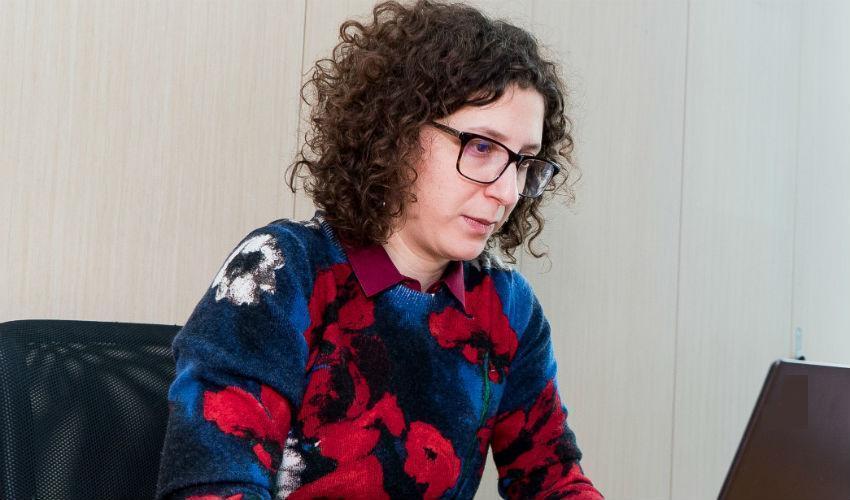
Costs and Benefits of Social Distancing, Italy and UK Compared
PAMELA GIUSTINELLI WORKS WITH GABRIELLA CONTI, UNIVERSITY COLLEGE LONDON, ON THE MEDIUM TERM OUTCOMES OF THE LOCKDOWNHow have Italians and Britons reacted to the lockdown? Have containment measures been effective? How did they evaluate them in terms of costs and benefits? And what aftermath did they leave behind on people's lives and minds? These are some of the questions addressed by the research study of Pamela Giustinelli, professor at the Bocconi Department of Economics and Fellow of the COVID Crisis Lab, with colleague Gabriella Conti at University College London, which was funded by the European Research Council. The study looks at the medium-term outcomes of the lockdown to help public authorities evaluate the most effective incentives to increase people's respect of the principles of social distancing. A preliminary analysis of the data on the first wave suggests that British citizens perceived lockdown measures as decidedly effective but also very harmful to physical and mental health.
The outlook for the future is sobering both for the UK and Italy: most of the participants expect to return to normal only when a vaccine is developed or in any case not before 2021. "The first batch of questionnaires was distributed in the two countries in first days of May, and a second one has recently followed ", Giustinelli says. "In the case of Italy, the first wave questionnaires focused on the experience with coronavirus and risk perceptions ahead of Phase 2, while the second one investigates the respect of behavioral rules and protocols to restart the economy and movement of people, and testing and tracing systems to track COVID-19.".
The most original aspect of the research is looking into the decision-making mechanisms that arise in moments of uncertainty, a fact that is obtained with a precise survey methodology that consists in measuring conditional risk expectations (in particular the subjective probability of being infected by the coronavirus) and other costs and benefits deriving from the individual and/or collective adoption of the rules of conduct and TTT measures (Testing, Tracing, Treatment). In the second wave, these measurements were combined with a randomized treatment of "information and awareness" on TTT measures. "Also in this case we expect to register heterogeneity in individual responses", explains the researcher, "but to be able to define a behavioral model that shows how people perceive and resolve the trade-offs they are facing, depending on their knowledge, beliefs and preferences".
by Emanuele Elli
